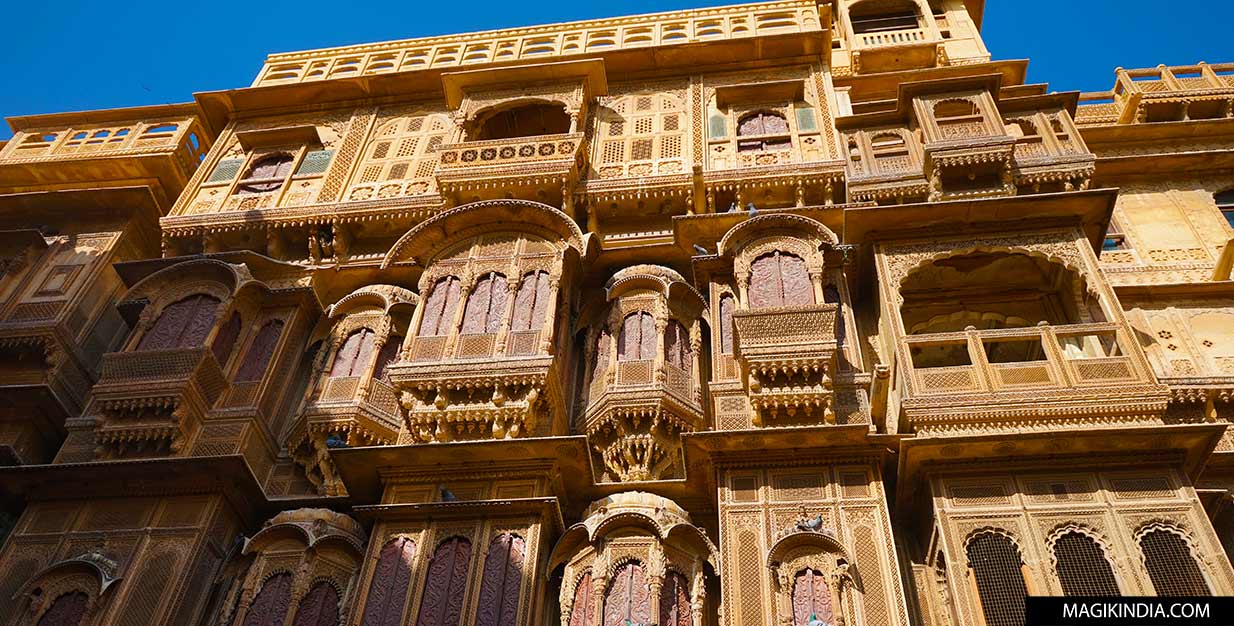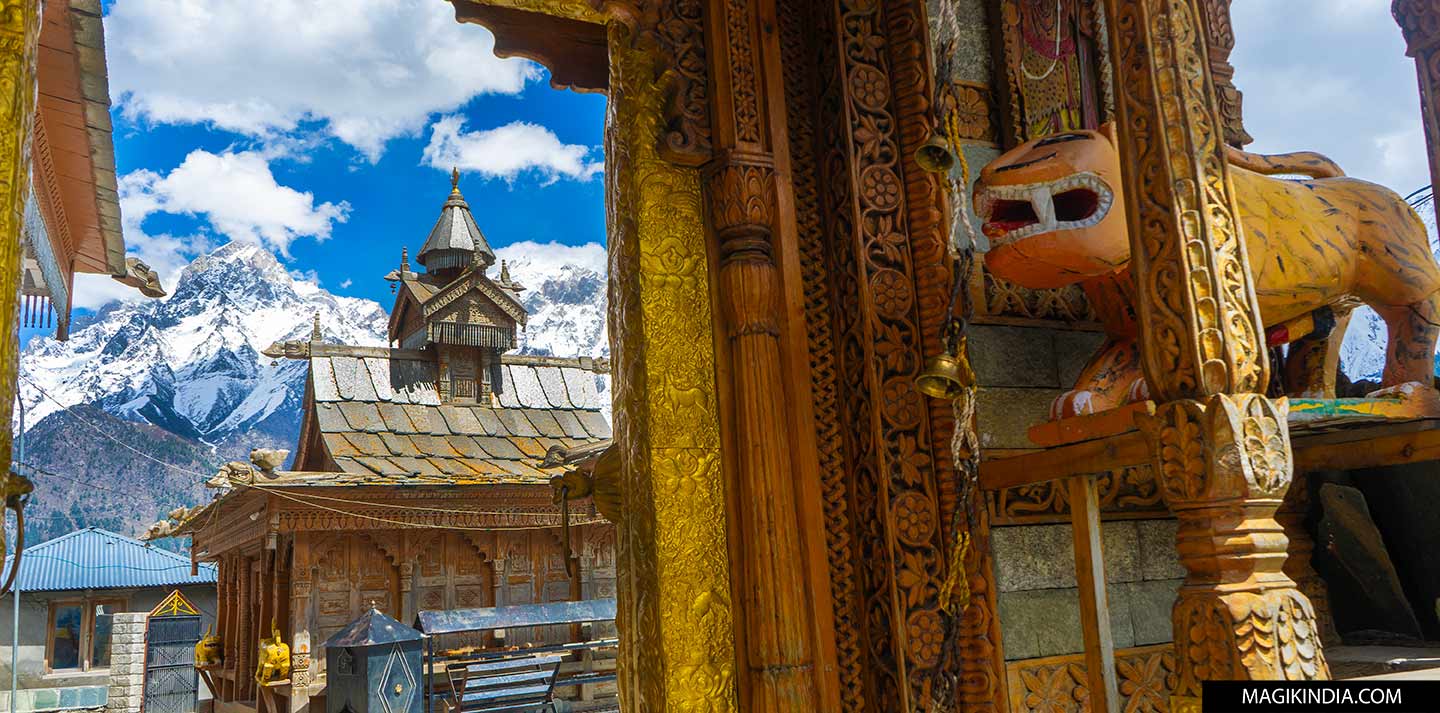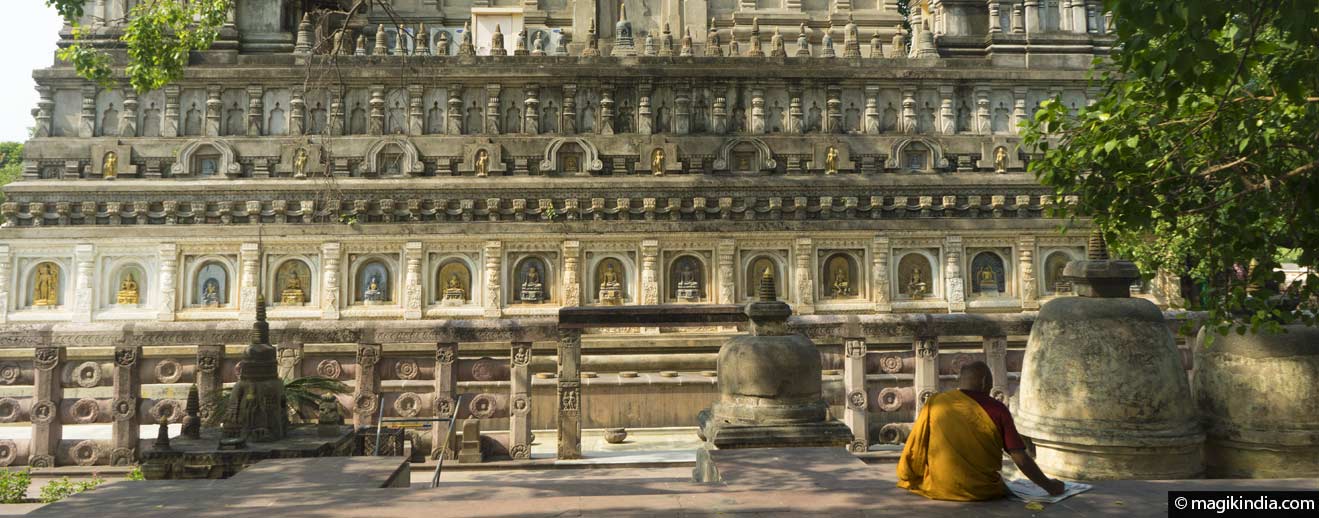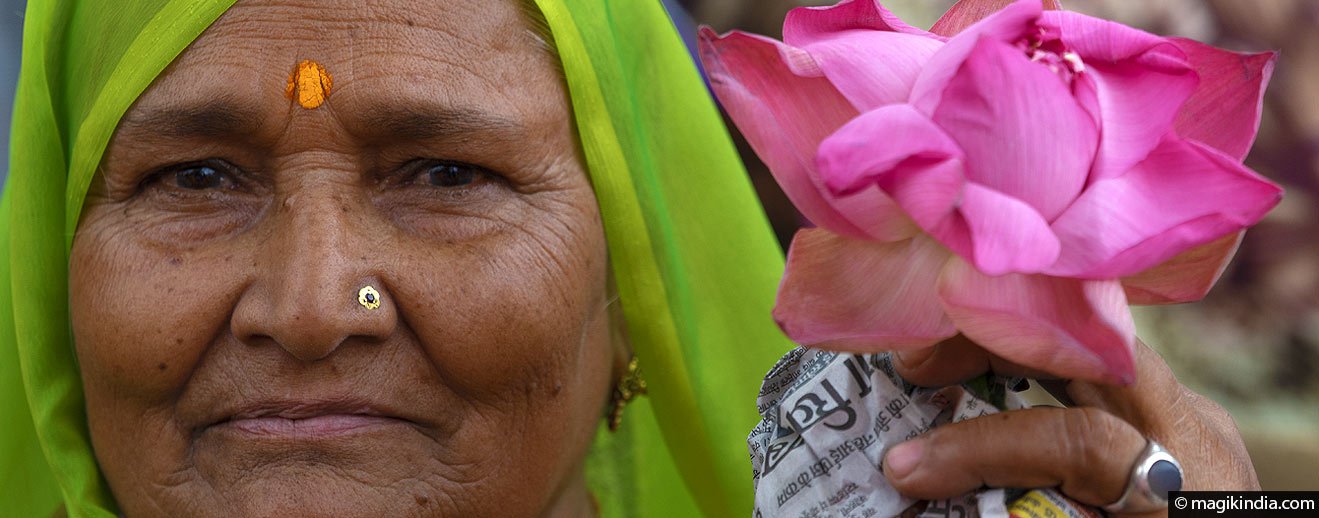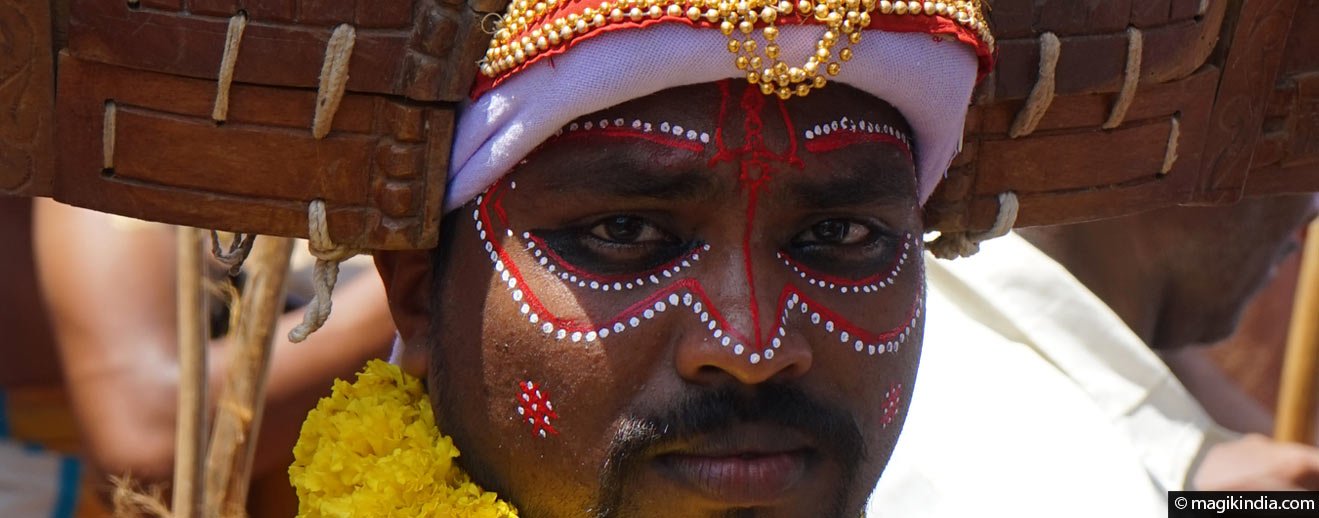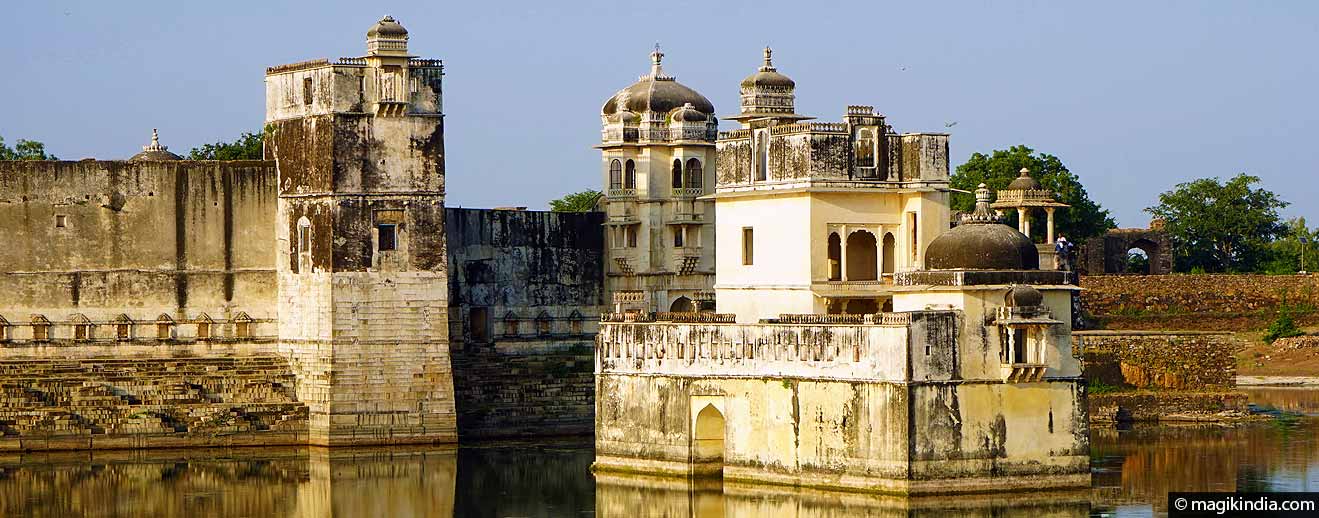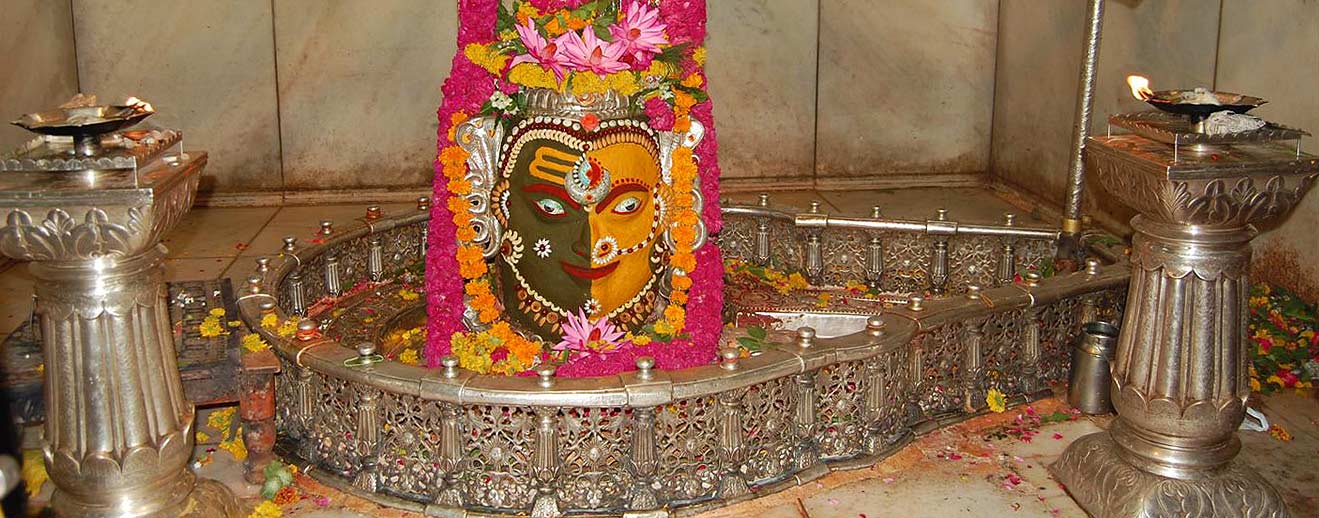
Namaskaram !
Welcome, Padharo ! I'm Mathini, a French woman who has been living in Rajasthan for 10 years. Despite being imbued with Indian culture from a young age it wasn't until 2014 that my Indian adventure really began. I left everything behind in France and set off on a 6-year journey through the land of Gandhi. These adventures are gathered in this blog which aspires, in an intentionally positive spirit, to bear witness to India's remarkably diverse and multifaceted cultural heritage. If this website sparks a desire to pack your bags and set off for an Indian adventure, it will have achieved its purpose. Subh Yatra on Magik India and beautiful explorations in the sacred land of Bharat...
Buddhism has more than 300 million followers around the world, which makes it the fourth religion (or philosophy) after Christianism, Islam and Hinduism. The history of Buddhism begins around the 5th century BC when Siddharta Gautama, prince of the kingdom of Shakya, received a spiritual awakening under a ficus tree. Siddharta Gautama then became the ‘Buddha Samyaksam’ or ‘the One who is fully enlightened.’ Until his nirvana, Buddha visited several cities in the north of India spreading his message from the middle way.
In a pious country like India, the pilgrimage is one of the pillars of the faith.There are tens of thousands of pilgrimage centres in India but some of them are the most sacred and every believer makes at least one of the subcontinent’s major pilgrimages in his or her lifetime.
India’s culture, thousands of years old and one of the world’s earliest, has had time to develop a unique degree of cultural diversity. The best proof of this is to be found in India’s folk arts and its classical music and dance.
You may be suprised to know that in India, 8% of the population is of indigenous origin, which represents around 100 million people and makes India the country with the most tribal people in the world. These tribes are called ‘adivasi’, literally ‘original inhabitants’. Some of them, like the Sentinelese tribe (in the Andaman and Nicobar Islands) continue to resist violently all contact with outsiders but most of tribal people have adapted to the modern world and have been integrated into Indian society.
The first people of India have not forgotten their roots though, which are expressed through distinct customs highlighted during unique ceremonies.
India is a pious country and religion plays an important part in the lives of most Indians. Ritual and worship are part of daily life and the vast majority of the population consider themselves members of a religion. This spiritual fervour has given rise to many festivals that punctuate the year, week by week and month by month, often celebrated with great fervour.
 Chandigarh is the first new city of independent India, both an Indian territory and the common capital of Haryana and Punjab. Its history is closely linked to the partition of India of 1947 when the Punjab split in two between India and Pakistan needed a new capital. Chandigarh has been made world famous for its urbanism planned by the French-Swiss architect Le Corbusier.
Chandigarh is the first new city of independent India, both an Indian territory and the common capital of Haryana and Punjab. Its history is closely linked to the partition of India of 1947 when the Punjab split in two between India and Pakistan needed a new capital. Chandigarh has been made world famous for its urbanism planned by the French-Swiss architect Le Corbusier.
The story of Chittorgarh (or Chittor) fort is steeped in heroism and the pride of the Rajputs. It stands as a symbol of courage and sacrifice. This “city of strength and devotion” as it is sometimes called fits that description well : Chittor has known many battles but the echo of the poetess Meerabai’s songs of divine love can still be heard.
The lingam is the symbol of the Hindu god Shiva. There are numerous lingams throughout India, but the twelve Jyotir lingams or ‘lingams of light’ are the holiest and most worshipped of all. Jyoti means ‘light’ and lingam means ‘mark’ or ‘sign’. According to Hindu tradition, the Jyotir lingams pilgrimage washed off bad karma and makes the soul and body pure.






